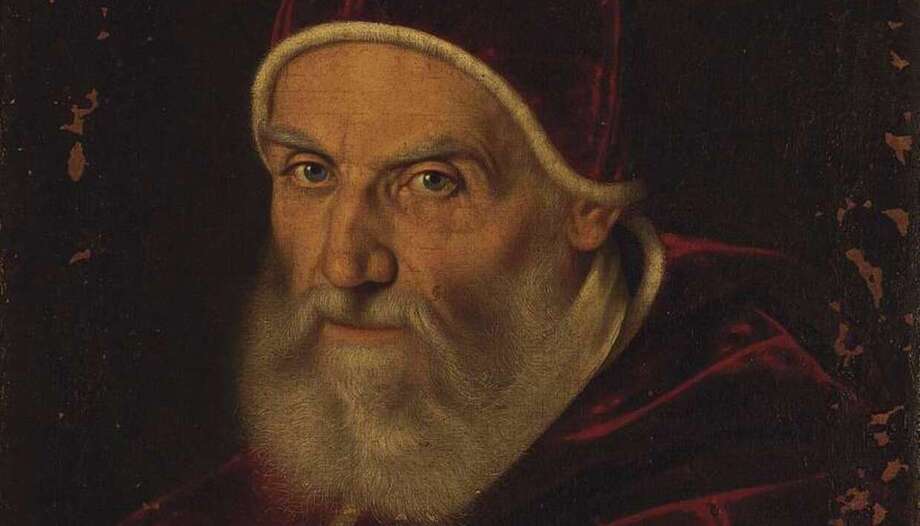As of October 4, 1582, a new calendar began to be used, which received, in honor of the Pope who established it, Gregory XIII, the name "Gregorian".
The previous calendar, the Julian calendar, was named after Julius Caesar, who had established it in 46 B.C. This calendar established that the year lasted 365 days and 6 hours. In reality, this computation had a difference of 11 minutes and 15 seconds more than the astronomical time. A minimal difference, but by the year 1582, ten days of difference had already accumulated.
This problem had been known since the 4th century, and in the 13th century the astronomers of King Alfonso X the Wise had calculated the mismatch almost perfectly: 10 minutes and 44 seconds.
However, it was Pope Gregory XIII who decided to solve the error, since it was beginning to affect the dates of Easter, which was being celebrated earlier and earlier in the year. To adjust the dates, ten days of the year had to be skipped, so that Thursday, October 4, 1582 was moved to Friday, October 15.
Spain, France and Italy adapted to the new dates on the spot, but not all countries adopted the new calendar immediately. England, which had just separated from Rome only 48 years earlier, left the Julian calendar in 1752 and Sweden in 1753. Japan joined the Gregorian calendar in 1873, China in 1912, Greece in 1923, Russia in 1918 and Turkey in 1927. However, the liturgical dates in non-Catholic Christian countries are still marked by the Julian calendar, so that the Catholic Easter does not coincide with the Orthodox one. However, as of 2023, Ukraine has decided to celebrate its religious holidays according to the Gregorian calendarThe Christmas holiday will no longer be celebrated on January 7, but on December 25.
There were several people in charge of reviewing the calendar problem: the German Christopher Clavius or the astronomer Luigi Lilio. In addition, in 2012, Dr. Ana María Carabias published a book, "Salamanca and the measurement of time"In this study, he highlighted the role that scientists from the University of Salamanca played in the establishment of the Gregorian calendar. According to this study, researchers from Salamanca sent a report to the Vatican in 1515 on this subject. Because it went largely unnoticed, the University sent another report in 1578, attaching the first one. This second report is preserved in the Vatican Apostolic Librarywhile the first one is lost. The document indicates different options to solve the problem of the misalignment caused by the Julian calendar, among them, to remove the relevant days from a month, a measure that was finally adopted.
The establishment of the new calendar was made through the papal bull "Inter gravissimas", issued on February 24, 1582 by Gregory XIII. In it it was indicated that that year would be changed from Thursday October 4 to Friday October 15 to recover the days that had been lost due to the misalignment of the Julian calendar. October was chosen because it had fewer religious dates and thus the liturgical calendar was not altered.
Therefore, St. Teresa of Jesus, for example, who had died on October 4, was buried the following day, October 15.








